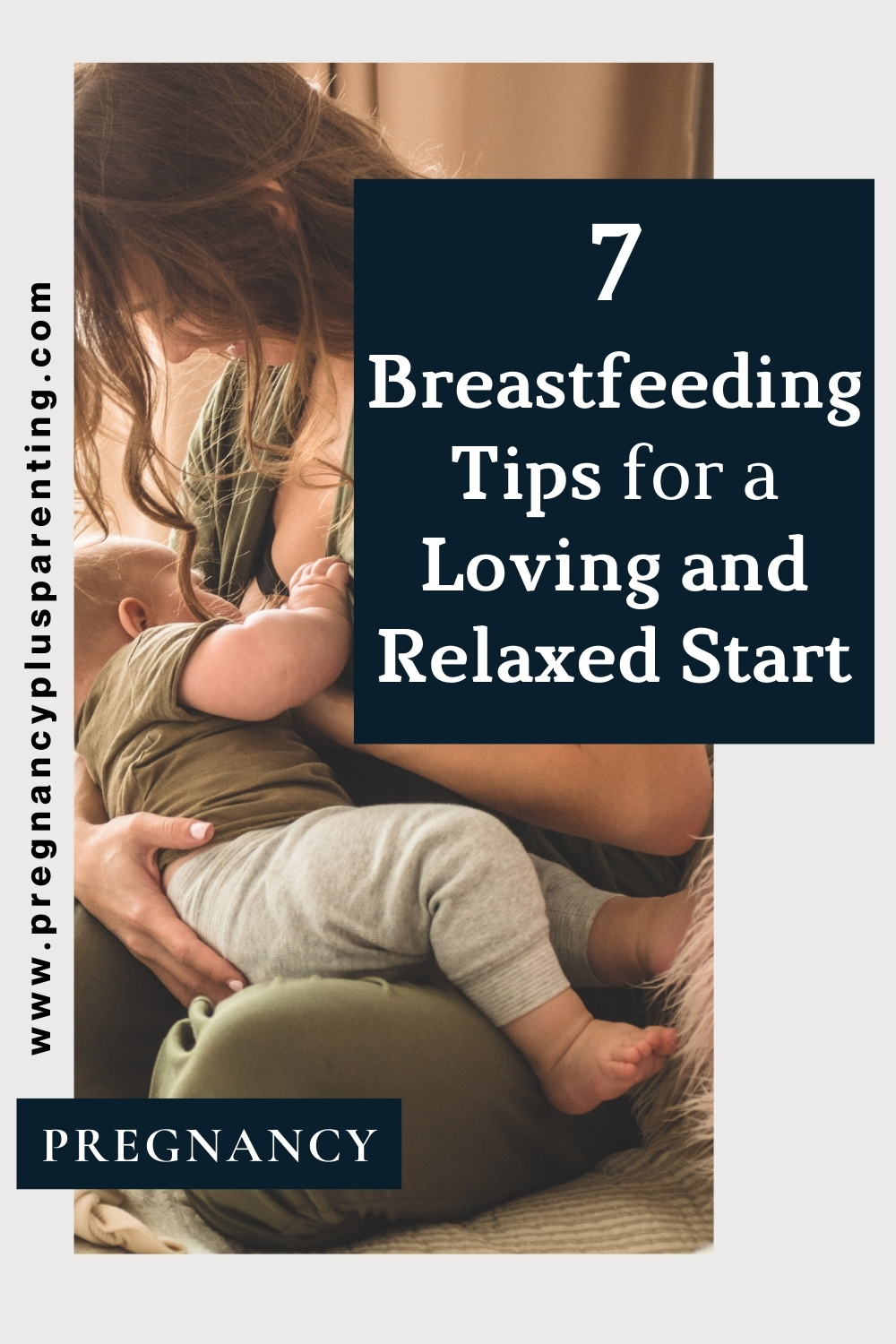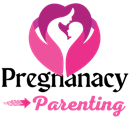7 Breastfeeding Tips for a Loving and Relaxed Start
Introduction
You’ve got a brand-new human in your arms — congratulations! Now what? Breastfeeding is one of those things people talk about a lot before baby arrives, but the reality often feels more intimate, slower, and messier than the advice column promised. The good news: the first days and weeks don’t have to be stressful. With a few simple, evidence-based habits you can start right away, feeding can become a loving, relaxed routine for both of you. The global guidance supports exclusive breastfeeding where possible for about the first six months because it offers major benefits for baby and mother — but how you get there matters: calm, confidence, and practical help make all the difference.
Tip 1 — Begin with Skin-to-Skin & Early Nursing
Why it matters: Skin-to-skin contact in the first hour after birth stabilizes your baby’s temperature and breathing, calms both of you, and often helps the baby find the breast naturally. Early initiation helps establish feeding and signals your body to start producing milk. Many health organizations recommend starting breastfeeding in that first hour when possible. World Health Organization
How to make it practical:
-
Right after birth, ask for immediate skin-to-skin (baby on bare chest, covered with a warm blanket).
-
If possible, try to allow the baby to root and latch on their own — newborns are surprisingly capable.
-
If your baby needs medical care first, ask when you can have skin-to-skin as soon as stable.
This quiet first hour is not just about feeding — it’s about meeting one another, smelling each other, and beginning a gentle rhythm that makes breastfeeding feel natural instead of rushed.
Tip 2 — Learn a Comfortable Position & a Good Latch
A great latch equals less pain and better milk transfer. Spend time getting comfortable: support your back, shoulders, and arms so you can relax. Use a pillow under the baby if you need it.
Signs of a good latch:
-
Your baby’s mouth covers more of the areola (not just the nipple).
-
The latch feels comfortable — no sharp pain.
-
You can hear or see swallowing after active sucking.
-
Baby’s cheeks are rounded (not sucked in). CDC+1
Positions to try early on:
-
Laid-back/biological nurturing: recline slightly and bring baby to your breast — gravity helps achieve a deep latch.
-
Cross-cradle: good for visibility and guiding the baby’s head.
-
Football hold: ideal after cesarean or for small/preemie babies.
-
Side-lying: great for nighttime feeds or when you need to rest.
If the latch hurts, gently break suction with a finger at the corner of the baby’s mouth and try again. Pain is a signal — it usually means something about latch or position needs adjusting.
Tip 3 — Feed on Demand (Cue-Based Feeding)
Worried about schedules? For the first weeks, follow your baby’s cues. Newborns often want to nurse 8–12 times per 24 hours. Feeding on demand supports milk supply and helps your baby grow steadily. World Health Organization
What to look for (early hunger cues):
-
Rooting (turning head toward breast)
-
Lip smacking or sucking motions
-
Increased alertness and activity
-
Fist-to-mouth behavior
Crying is a late sign of hunger — try to offer the breast before your baby gets frantic. Frequent nursing in the early weeks helps establish supply and increases your confidence that baby is getting enough. The general signs a baby is getting enough are steady weight gain and enough wet/dirty diapers — check with your provider if you’re unsure.
Tip 4 — Manage Pain & Protect Nipples
Sore nipples are common but often fixable. A shallow latch is the most frequent cause — with a deep latch, pain usually eases within a few days. If pain persists, don’t tough it out: get help. La Leche League and similar organizations note that most early nipple pain resolves when latch and positioning are corrected.
Quick fixes:
-
Reposition and relatch (bring baby to the breast, not breast to baby).
-
Try laid-back nursing to encourage a deep, natural latch. La Leche League USA
-
Use lanolin or nipple creams that are safe for breastfeeding for soothing, and air-dry nipples between feeds.
-
If you have cracked skin or bleeding, see a lactation consultant — infection or thrush may need treatment.
If you notice a white crease across the nipple after feeds, persistent stabbing pain, or poor baby weight gain, reach out for professional help quickly. Early troubleshooting prevents longer problems.
Tip 5 — Get the Right Support (Lactation Help & Community)
You don’t have to do this alone. A visit with a certified lactation consultant (IBCLC), a supportive midwife, or an experienced peer counselor can solve many common problems fast. Hospitals and community health centers often offer lactation support or can refer you to local groups. The NHS, La Leche League, and many national programs encourage seeking support early when needed.
How to prepare for a support visit:
-
Note when feeds happen and how long they last.
-
Bring a recent weight check, if available.
-
Wear a nursing-friendly top so you can demonstrate positioning easily.
-
List your concerns (pain, low output worries, baby’s latch) so the consultant can focus.
An expert can watch a feed, recommend small positional or timing changes, and give confidence-building tips that make feeding more relaxed.
Tip 6 — Learn to Express & Store Milk (a little preparedness)
Even if you plan to breastfeed only, learning hand expression and the basics of pumping can help you navigate early challenges (engorgement, separation, or starting a small frozen stash). Hand expression is an easy skill that can be more effective than a pump in the first days for collecting colostrum. Parents+1
Hand-expression basics:
-
Wash hands and position baby picture or warm compress to stimulate letdown.
-
Place thumb and finger around the areola and compress toward the chest wall; repeat in cycles.
-
Collect drops in a clean cup or syringe for tiny feeds if baby struggles.
Pumping tips for beginners:
-
Start with short, gentle sessions to avoid oversupply.
-
Use a double pump if you’ll be away from baby for work.
-
Store milk safely in labeled containers and follow local guidelines for storage times.
Even a little expressed milk gives flexibility and peace of mind — and can be a lifesaver for sudden separation or low energy days.
Tip 7 — Make It Loving: Bonding Rituals Around Feeding
Breastfeeding is nutrition and also connection. Small rituals make feeds feel sacred rather than just functional. Try one or two and you’ll notice calm spreading through your body (and baby’s).
Ritual ideas:
-
Dim the lights and put on a favorite soft song.
-
Practice slow breathing together — inhale for three, exhale for three.
-
Keep a small gratitude jar and drop a note each successful feed or milestone.
-
Use a special chair, a comfy shawl, or an aromatherapy scent (if safe) that signals “rest time.”
These little habits cue both of you that this is a time to slow down, breathe, and bond — which reduces stress hormones and helps milk letdown.
Common Concerns & Quick Troubleshooting
Low supply worries: Frequent nursing, correct latch, and avoiding unnecessary formula supplementation help. If you suspect low supply, record feeds and diaper output for 24 hours and consult a lactation expert. CDC
Engorgement: Try warm showers, gentle massage toward the nipple, short breastfeeds, and hand expression before feeding to soften the areola and help baby latch.
Plugged ducts & mastitis: Warm compresses, massage, and frequent breastfeeding often clear plugged ducts. If you develop fever, flu-like symptoms, and a painful red breast, seek medical care — antibiotics may be needed for mastitis.
Simple Supplies That Really Help
You don’t need a nursery full of gadgets. A few reliable items make early breastfeeding easier:
-
A supportive nursing pillow to reduce shoulder and back strain.
-
A comfortable chair with arm support.
-
Reusable nursing pads for leaks.
-
A chilled gel pack and a warm compress for engorgement relief.
-
A water bottle and snack station to keep you hydrated and fed during long feeds.
-
A lactation consultant contact and local support group details saved on your phone.
These small comforts add up to more relaxed feeds and less strain on mom.
When to Seek Medical Help
Contact your provider or an IBCLC if you notice:
-
Baby isn’t gaining weight or has very few wet diapers.
-
You have severe, persistent nipple pain or bleeding.
-
Signs of infection: fever plus breast redness and pain.
-
Baby seems lethargic or has trouble breathing.
Early help leads to faster solutions — don’t wait until things feel overwhelming.
Final Tips for Partners & Support People
Partners play a huge role. You can:
-
Fetch water and snacks.
-
Burp the baby and change diapers so mom can rest.
-
Help with positioning and observe a feed so you both can learn.
-
Offer emotional support and reassure: “You’re doing great.”
Practical help and calm encouragement reduce mom’s stress — and a calm mom helps the baby feed better.
Conclusion
Breastfeeding is a journey — gentle, personal, and sometimes bumpy. The first days set the tone: prioritize skin-to-skin, learn comfortable positions and a good latch, feed on cue, manage pain quickly, and reach out for help when you need it. Add small rituals that make feeding loving and restful, and you’ll build a rhythm that nourishes both your baby and your bond. Remember: you don’t have to be perfect, you just need to be present. With kindness, support, and these practical tips, you can have a loving and relaxed start to breastfeeding.
FAQs
1. How often should a newborn breastfeed in the first week?
Most newborns feed 8–12 times every 24 hours (about every 1.5–3 hours). Feeding on cues — rooting, lip smacking — helps establish milk supply and healthy weight gain.
2. My nipples hurt — is this normal and when should I worry?
Some tenderness in the first few days is common, but sharp, persistent pain is not normal. Often it indicates a shallow latch or positioning issue that a lactation consultant can fix. If pain persists or you see cracked bleeding nipples, get help.
3. Can I breastfeed if I need to take medicine?
Many medications are safe while breastfeeding, but always check with your healthcare provider or a pharmacist. Do not stop important medications without professional guidance.
4. Is pumped milk as good as direct breastfeeding?
Expressed milk provides the same nutritional benefits. Pumped milk is especially useful when mom is away, returning to work, or needs flexibility. Hand expression in the early days is also effective for collecting colostrum if needed.
5. What if I decide not to breastfeed or can’t breastfeed?
Feeding decisions are deeply personal and sometimes medically necessary. Your baby can thrive with appropriate formula and loving care. Seek nonjudgmental support for whichever feeding path you take; your wellbeing matters too.







